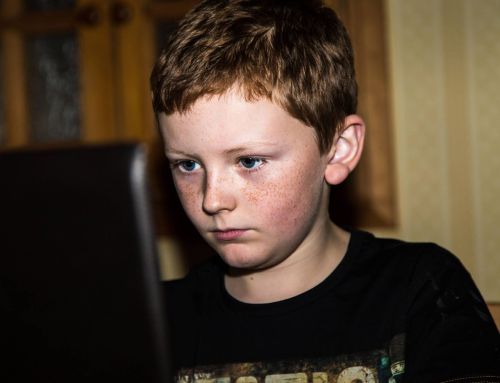Last year was the worst year on record for child sexual abuse online, the Internet Watch Foundation (IWF) has said, as the online safety group called for more support for parents to help spot the danger.
The organisation, which finds and helps remove abuse content from the internet, said it investigated 361,000 reports of suspected criminal material in 2021 – more than it dealt with in its entire first 15 years of existence between 1996 and 2011.
The IWF said lockdowns had an impact on the figures, with more people, particularly schoolchildren, spending more time online and as a result may have been more vulnerable to cybercriminals.
In its research, the online safety group said it had seen a “three-fold” increase in self-generated imagery showing seven to 10-year-olds as they were increasingly targeted and groomed by internet predators “on an industrial scale”.
It is said that self-generated material is often made using webcams in a child’s own bedroom and then shared online.
IWF chief executive, Susie Hargreaves, said it was vital parents were given more help to enable them to better spot and understand danger online and ultimately protect their children.
“Children are being targeted, approached, groomed and abused by criminals on an industrial scale,” she said.
“So often, this sexual abuse is happening in children’s bedrooms in family homes, with parents being wholly unaware of what is being done to their children by strangers with an internet connection.
“Devices can be an open door into your home, and children can be especially vulnerable to being drawn into these predators’ traps.
“We know that if parents have one good conversation with their children it can make all the difference, and could be what stops a lifetime of hurt as a result of this grooming.
“Parents need to be supported in knowing how to broach the topic with their children and to give them the confidence to call out inappropriate behaviour when they see it.
The latest IWF figures showed that of the 361,000 reports investigated in 2021, 252,000 were confirmed to be URLs containing images or videos of child sexual abuse.
The figures were also a 21% increase in the number of investigated reports compared to 2020.






